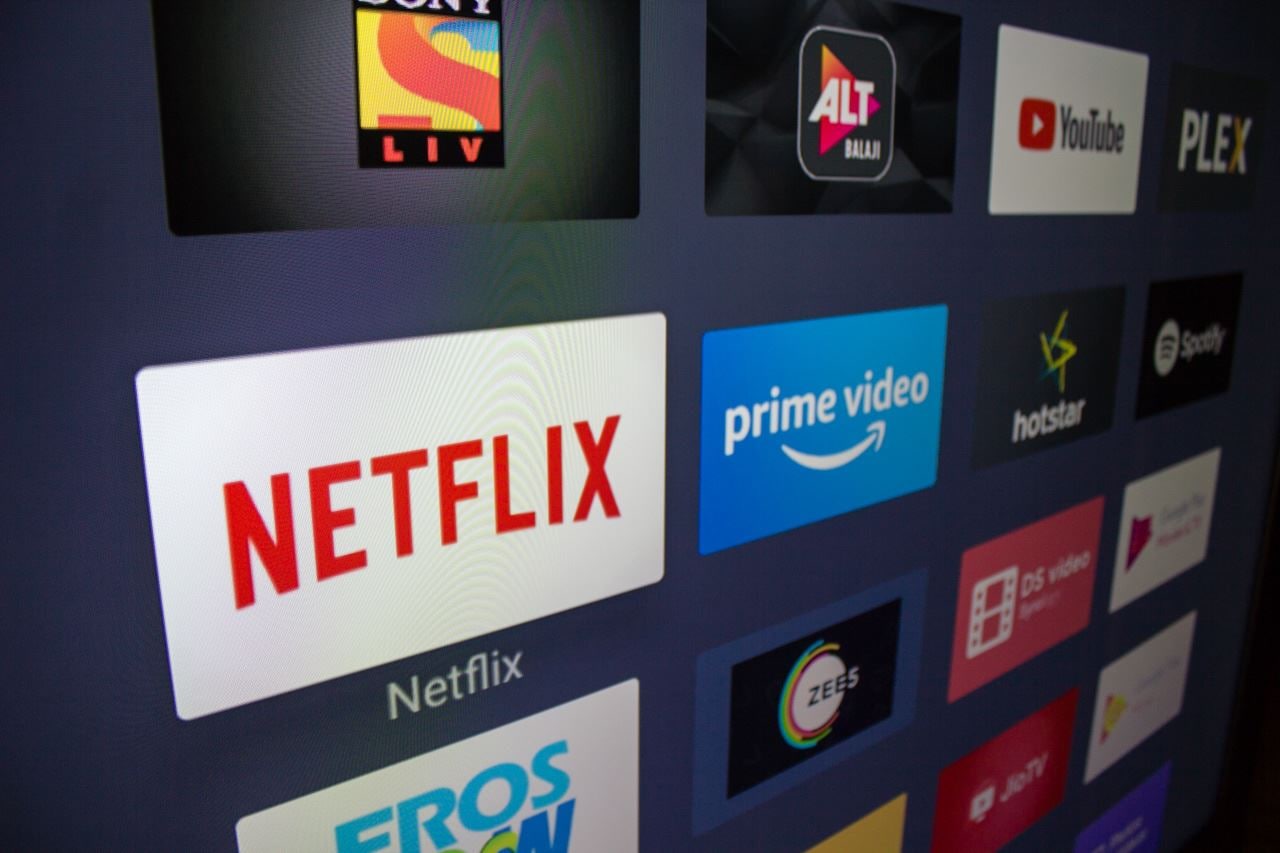Thanks to the pandemic and subsequent lockdown in 2020, over-the-top (OTT) platforms became the go-to source of entertainment and nearly all platforms in India saw exponential growth. OTT became a disruptor in the entertainment space and a game-changer not just for those in the entertainment industry but for the content-starved audience as well. However, the buoyant OTT business had its share of woes as well.
Controversies have erupted around several web series that allegedly promoted religious enmity, hurt the religious sentiments of a particular community, erotica, excessive violence and/or disturbs public peace, and so on. Saif Ali Khan’s ‘Tandav’ is the latest series which landed in a controversy after FIRs were filed against the director and writer for hurting Hindu religious sentiments post which certain scenes were deleted by the makers.
This legacy of calling for censorship, moral policing and bans is not new to the entertainment space in India. Numerous films – especially the makers and cast – have faced the people’s wrath by way of death threats, protests and demonstrations. As well-known, most of those protesting and filing police cases are driven by and/or have a political agenda and pursuing such issues further strengthens their narrative. However, these controversies around OTT content raised the argument that content on television and films have regulatory bodies and OTT platforms, being in the business of content obviously need to be regulated – especially given our cultural sensitivities and religious and linguistic diversity.
In the last year, there has been a lot of discussion around whether there is need for regulation of content on OTT platforms and the government of India has finally issued guidelines for OTT players and social media platforms. According to the government, this is a ‘soft touch regulatory architecture’ which includes classification of content according to age appropriateness and a three-level grievance redressal framework. As soon as this was announced, a lot of debates ensued as to whether this mandate was censorship and infringing on freedom of speech and expression, and creativity.
India is hailed as the world’s largest democracy and the imposition of any curbs on artistic
Self-regulation also exists in certain other aspects especially where OTT platforms are concerned. Unlike television where content cannot be controlled by the viewer, OTT platforms are subscription-based and the right to choose and pay for a particular service is upto the viewer. Secondly, what content he/she chooses to view or not view is within the viewer’s control. Thirdly, the viewer can implement parental controls according to their discretion to prevent their kids from watching content not appropriate for their age. (Parental controls are already in-built into most OTT platforms at this point.) The viewer can at any point choose not to renew the subscription if they have any objections with regard to the content or the platform itself.
Interestingly, while there are extensive debates around OTT content, television content, despite regulation, has been pushing our progressive democracy in the opposite direction. Not all the content on Indian television can be deemed appropriate and being respectful towards women (one of the mandates for OTT content). Many TV serials – across Indian languages – are regressive, misogynistic, depicting sexual, physical and verbal abuse, and reinforcing age-old gender stereotypes. There seems to be no self-regulation either given the TRPs and the business it generates for the producers and the television channel.
In fact, in India, 66% (170 million) of households reportedly owned a TV set in 2019, while by July 2020 paid subscriptions on OTT platforms grew to 29 million (India Brand Equity Foundation). While we scrutinise the perceived threat to peace and harmony in our country due to content on OTT platforms, especially the international ones, perhaps we also need to examine whether content we find ‘acceptable’ on television is what this country stands for.
OTT platforms and government regulation
इस शब्द का अर्थ जानिये
- Advertisement -

